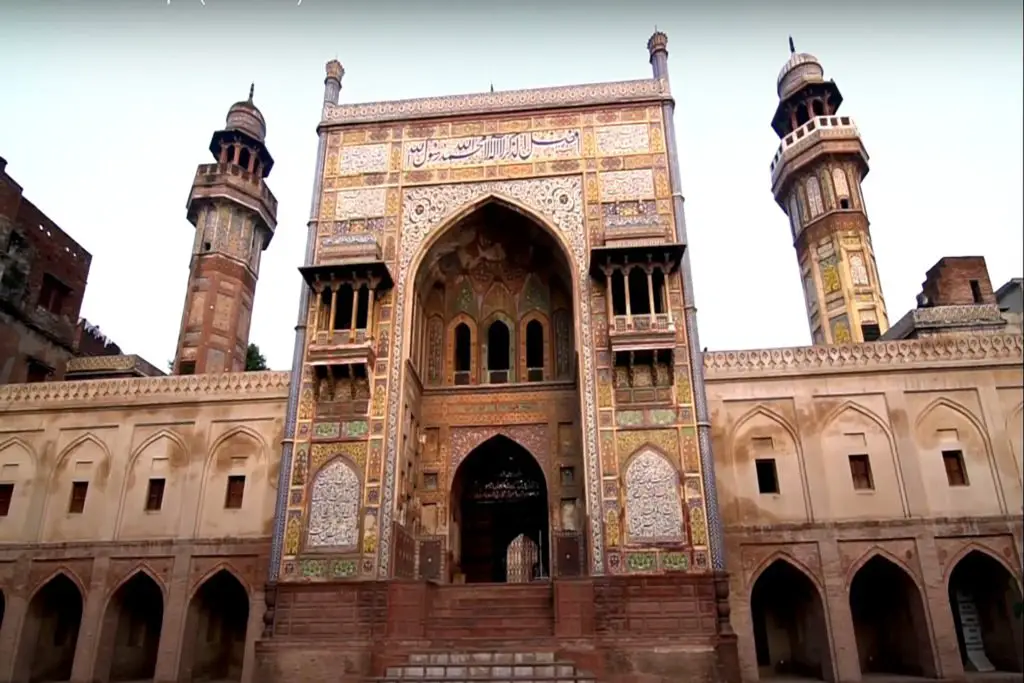Phulra Fort is a historic fort located in the district of Bahawalnagar in Punjab, Pakistan. The fort was constructed during the Mughal Empire and is believed to have been built in the 17th century. The fort has played a significant role in the region’s history, serving as a center of trade and commerce and as a strategic military stronghold.
In the heart of Bhawalnagar District lies a city steeped in history, known today as Fort Abbas. Once named ‘Pholra’ during the pre-Muslim era, this captivating city has witnessed the rise and fall of civilizations, leaving behind remnants of its past that now lay hidden among modern houses constructed from its very own bricks.
Though the grandeur of the oldest fort of pre-Muslim times has faded with the passage of centuries, the present fort, rebuilt in 1752 by Karam Khan Arbani, still echoes the echoes of its storied past.
Phulra Fort History
Phulra Fort is situated on the bank of the Sutlej River, which flows through the district. The fort is built of locally available sandstone and is designed in a square shape. The fort walls are 15 feet high and are reinforced with bastions and turrets, providing ample protection to the occupants inside.
The fort was strategically located near the Sutlej River, which made it an important center of trade and commerce during its time. The fort was used as a customs post, and goods such as textiles, spices, and precious metals passed through its gates. The fort was also an important center of agriculture, with the surrounding lands used for cultivation of crops such as wheat and cotton.
During the British Raj, Phulra Fort was used as a military garrison. The fort’s strategic location made it an important base for British forces during their campaigns in the region. After the partition of India and Pakistan, the fort was used as a police station and later as a courthouse.
Images Gallery – Phulra Fort
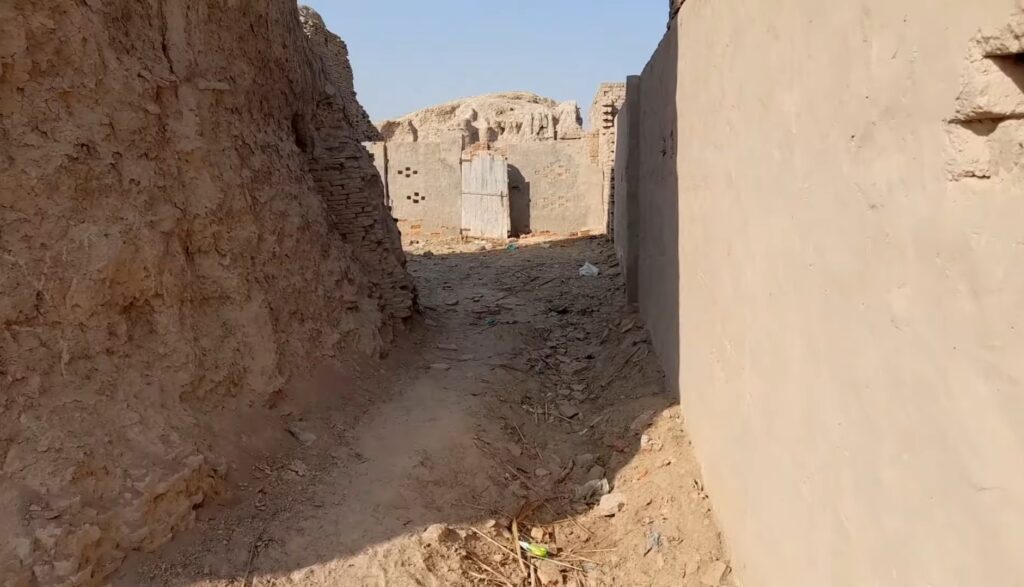
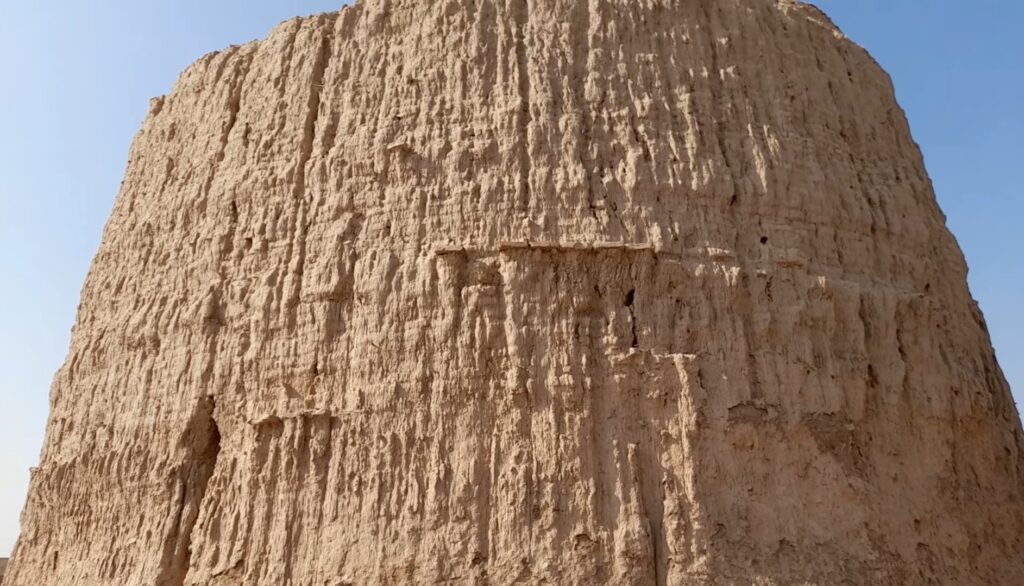
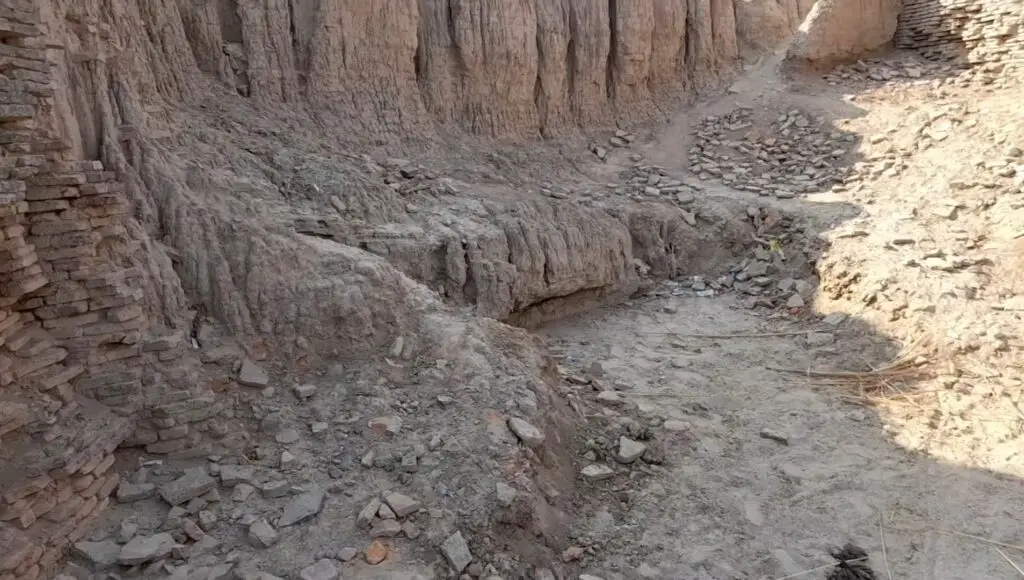
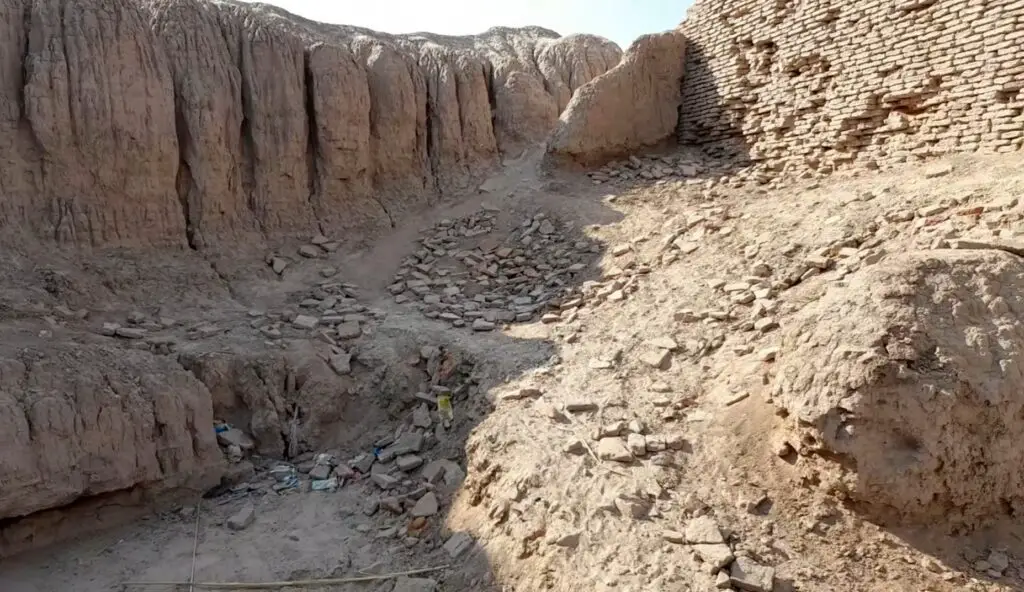
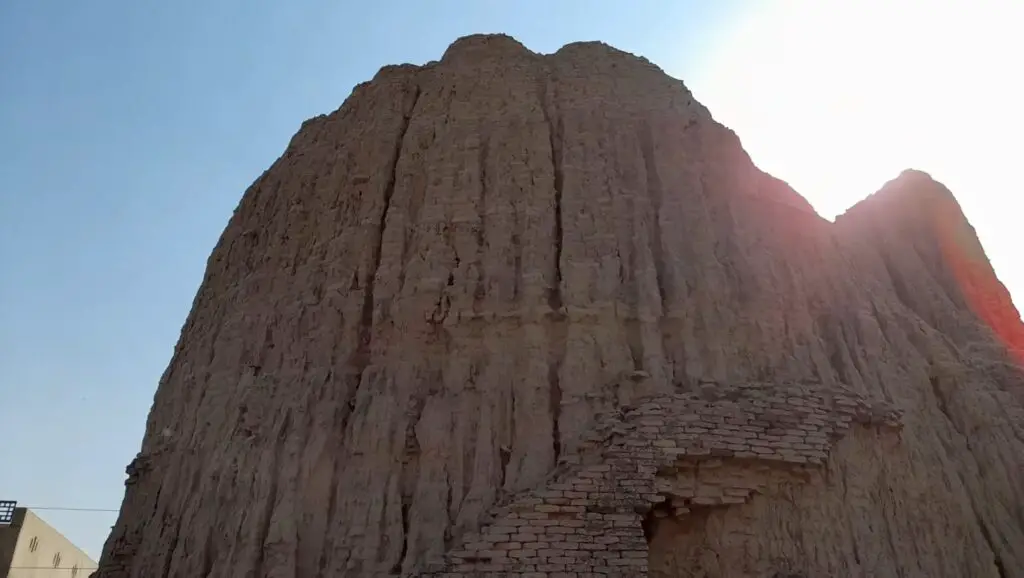
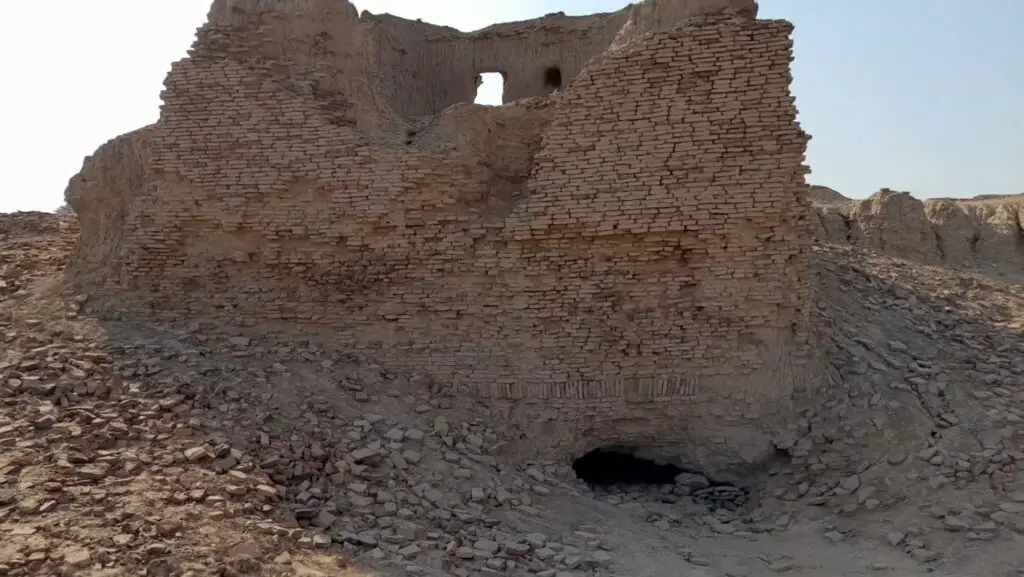
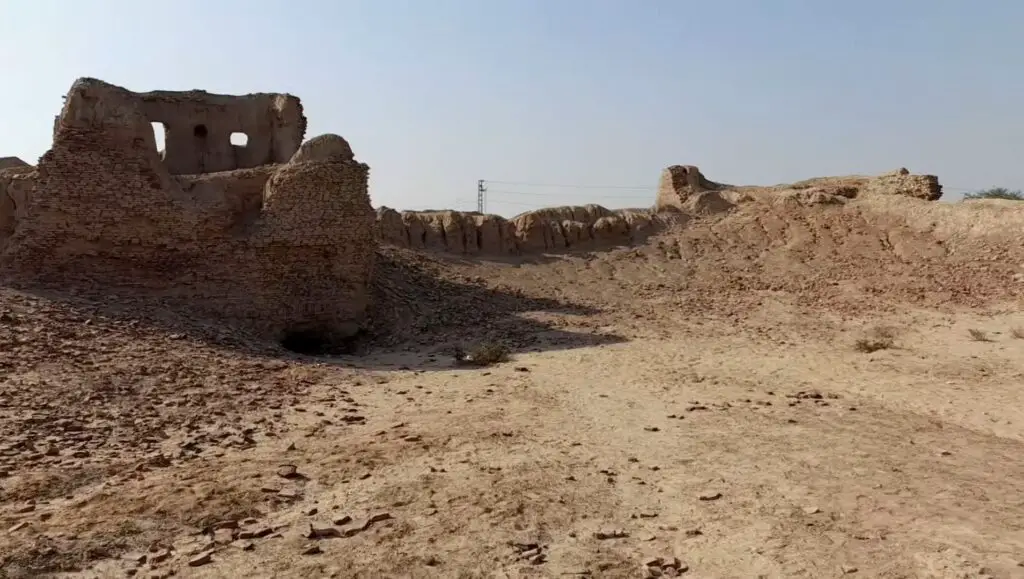
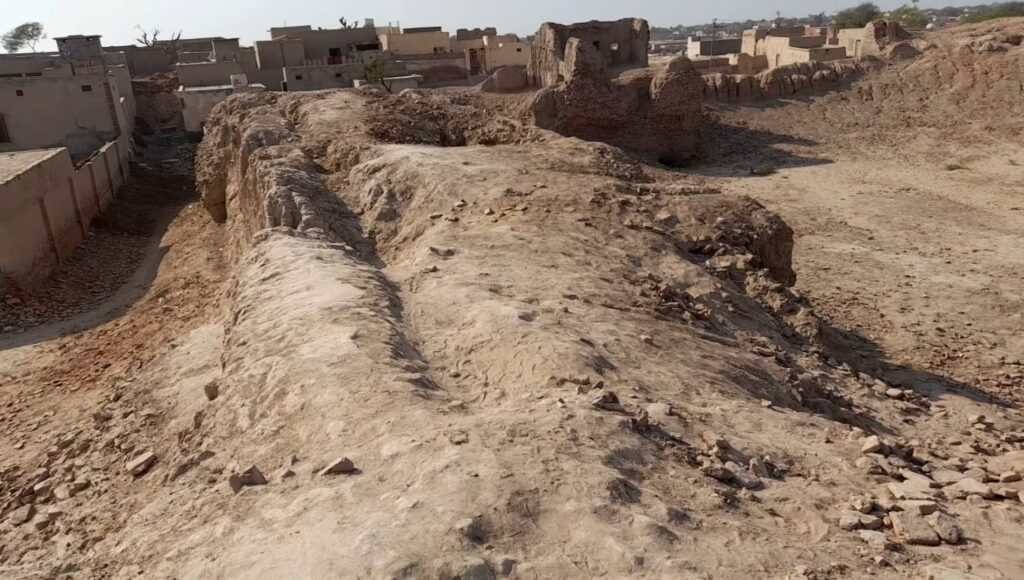
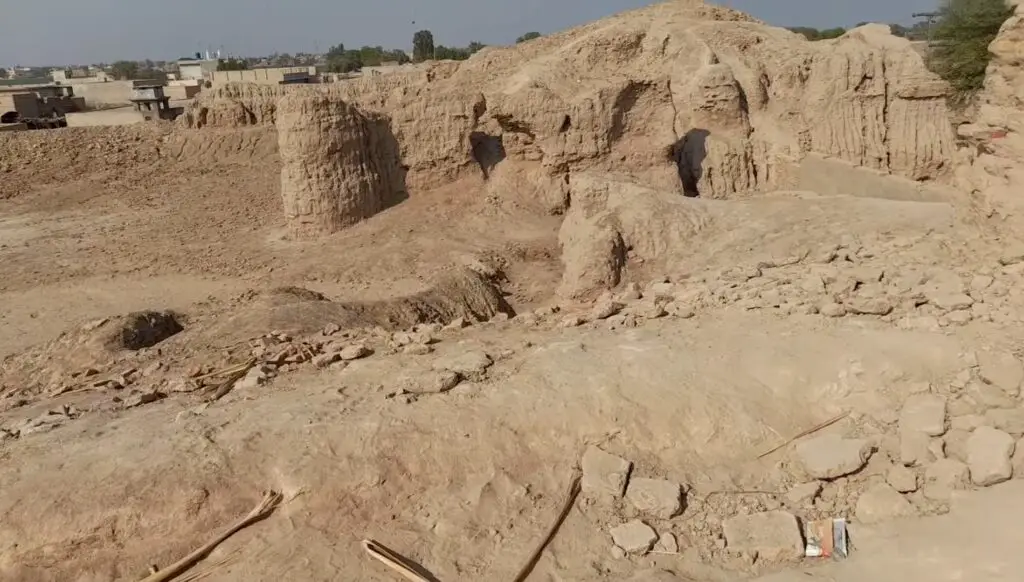
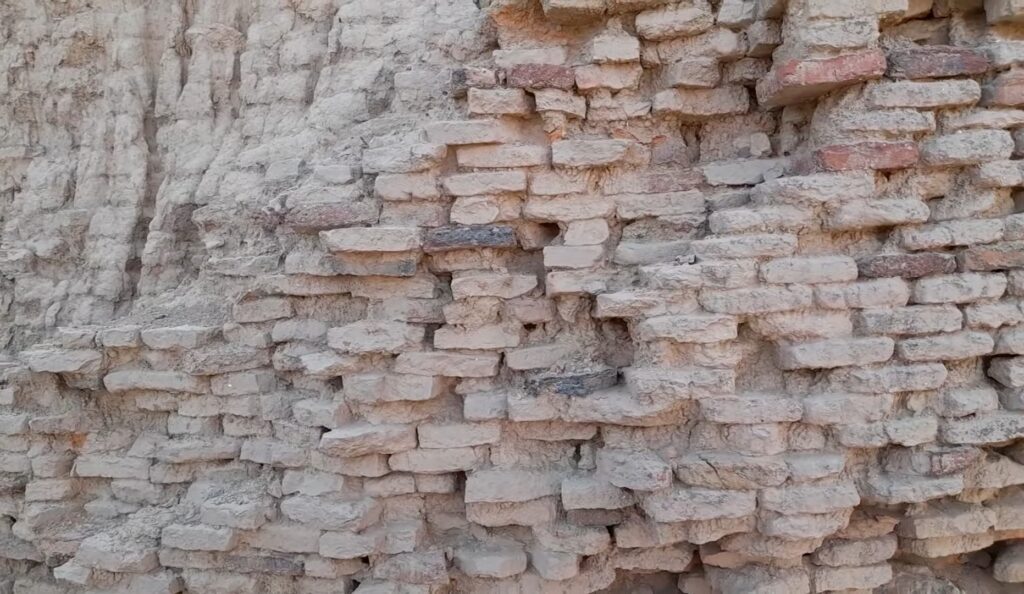
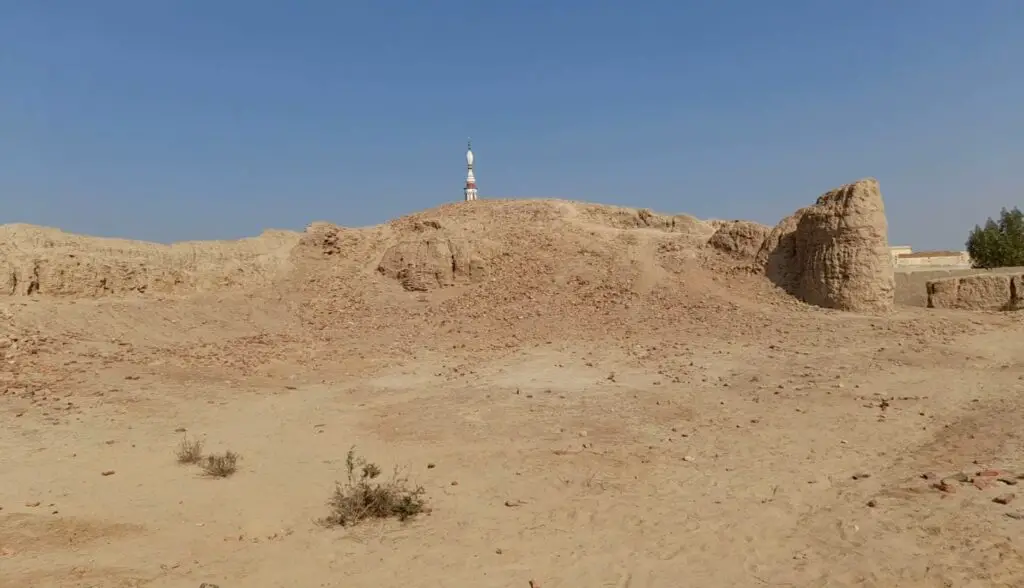
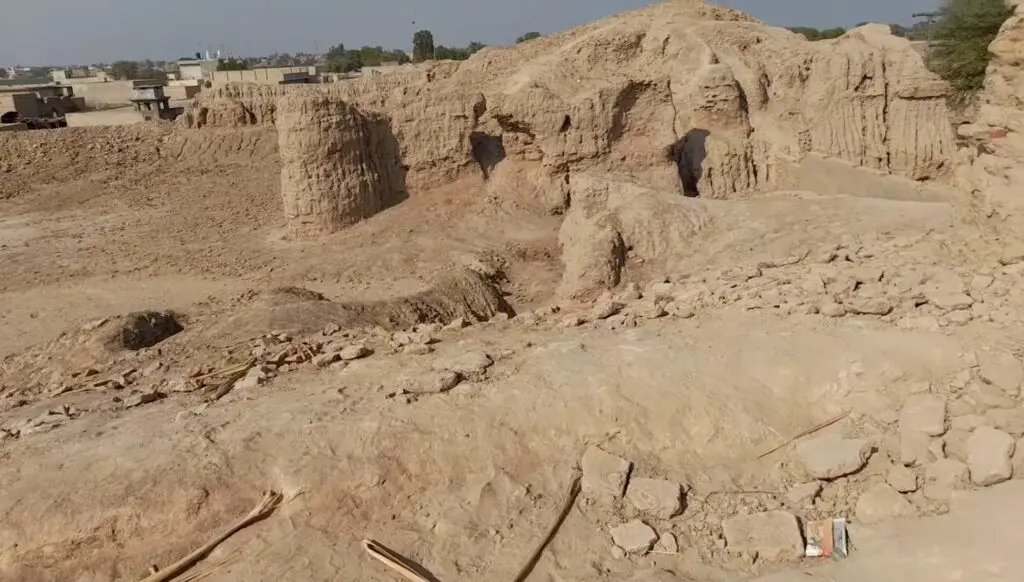
About Phulra Fort
The Lost Glory of Pholra: Amidst the bustling streets and dwellings of Fort Abbas lies a forgotten tale, the ruins of the ancient ‘Pholra’ fortress, which once stood majestically a mile south of the city. Today, all that remains is a mound of mud bricks, a mere whisper of its former self. This once formidable structure has now become a poignant symbol of the passage of time, evoking a sense of nostalgia for a bygone era.
A Glimpse into the Past: Though the present fort, skillfully repaired by Karam Khan Arbani, displays signs of significant damage, its square layout with bastions adorning each corner preserves an essence of its architectural prowess. However, the true gem lies hidden in the north-eastern corner, where the ruins of a three-storied palace still stand proudly.
Here, the exquisite woodwork and alcoves are miraculously preserved, a testament to the craftsmanship of a distant era. Alas, even a damaged slanting brick tower graces the landscape, narrating stories of valor and pride.
The Cry for Restoration: Regrettably, the historical significance of this ancient fort has been overlooked and encroached upon by locals, threatening its very existence. As a relic of the past, it holds immense value not just for the city of Fort Abbas, but also for the heritage of the region. The concerned authorities must recognize the urgency to restore its historic foundations and renovate this treasure for the present and future generations to witness and appreciate.
Preserving Heritage for Generations to Come: It is crucial to address the current state of neglect and restore the grandeur of the Pholra fort. By undertaking preservation efforts, the fort can reclaim its lost glory and take its rightful place among the must-visit historical sites in the country. This endeavor would not only kindle a sense of pride among the local populace, but also attract history enthusiasts and curious travelers from all walks of life.
In conclusion, Phulra Fort is a testament to the architectural and cultural heritage of Punjab, Pakistan. Its strategic location, unique architecture, and historical significance make it an important landmark of the region and a must-visit destination for history and architecture enthusiasts.

